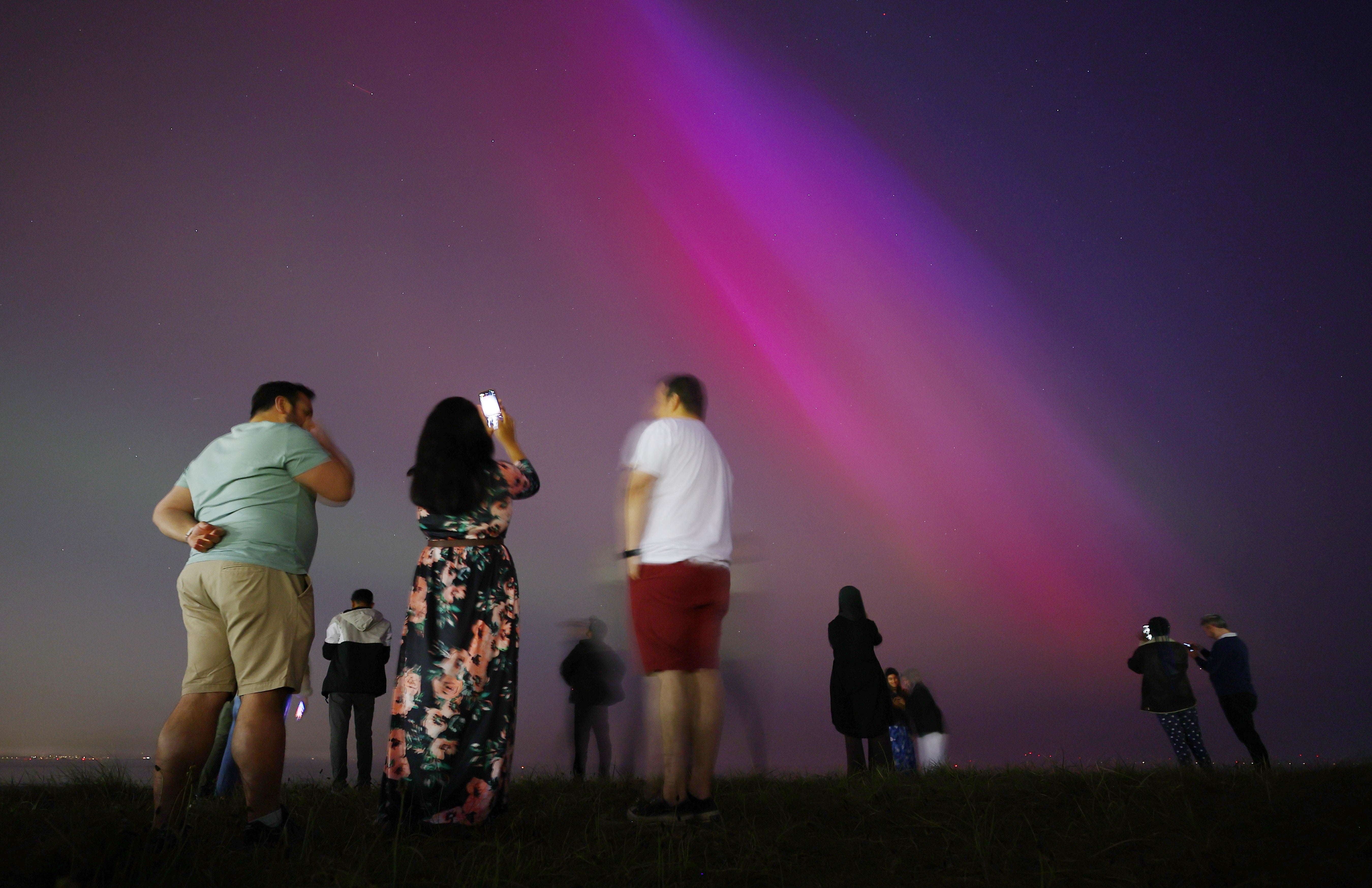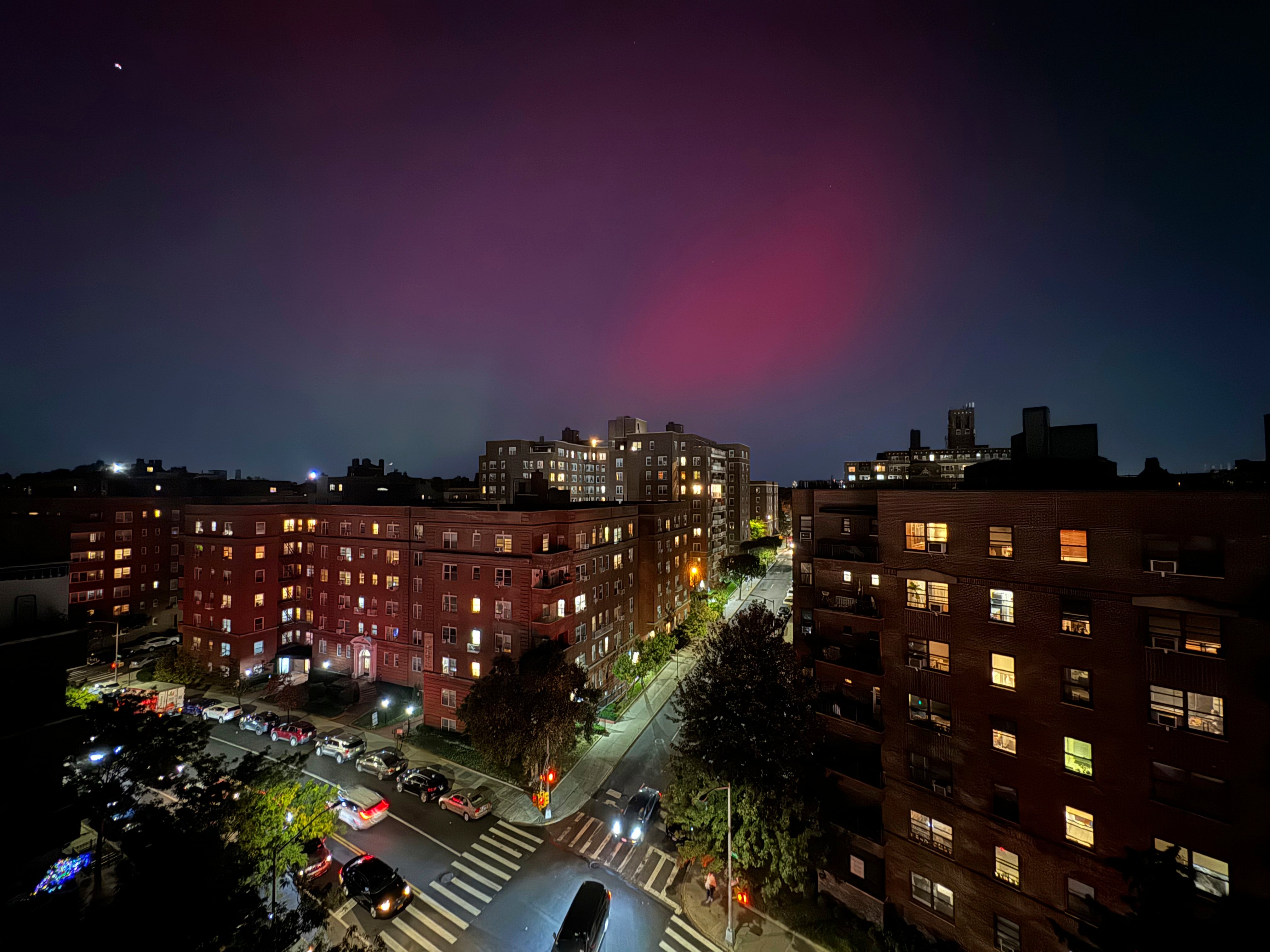Northern lights could be seen across parts of the US this Thanksgiving
States including New York and Washington may see auroras during the holiday period

Your support helps us to tell the story
From reproductive rights to climate change to Big Tech, The Independent is on the ground when the story is developing. Whether it's investigating the financials of Elon Musk's pro-Trump PAC or producing our latest documentary, 'The A Word', which shines a light on the American women fighting for reproductive rights, we know how important it is to parse out the facts from the messaging.
At such a critical moment in US history, we need reporters on the ground. Your donation allows us to keep sending journalists to speak to both sides of the story.
The Independent is trusted by Americans across the entire political spectrum. And unlike many other quality news outlets, we choose not to lock Americans out of our reporting and analysis with paywalls. We believe quality journalism should be available to everyone, paid for by those who can afford it.
Your support makes all the difference.The Northern Lights could be seen from the US this Thanksgiving.
Solar storms may produce auroras across the northern rim of the United States, experts have said.
Pale auroras may be seen across many northern states on Thursday and Friday, but they may be brief and and seeing them will depend on how intense the solar storms get, NOAA meteorologist Mike Bettwy said.
Much of the following states are best positioned for potential auroras: Washington, Montana, the Dakotas, Minnesota, Wisconsin, Michigan and Maine. Northern parts of Idaho, Wyoming, New York, Vermont and New Hampshire may also see auroras.
To spy the spectacle, wait for clear skies to get dark and then go outside, ideally away from bright city lights. Taking a picture with a smartphone camera may also reveal hints of the aurora that aren’t visible to the naked eye.
The sun is currently at the maximum phase of its 11-year cycle, making solar surges and northern lights more frequent. Earlier this week, the sun shot a pulse of high-energy plasma towards Earth.

The active period is expected to last for at least another year, though scientists won't know when solar activity peaked until months after the fact, according to NASA and the U.S. National Oceanic and Atmospheric Administration.
Experts don’t expect major communication disruptions from this week's solar storm.
In May, NOAA issued a rare severe geomagnetic storm warning — it was the strongest storm in more than two decades, producing light displays across the Northern Hemisphere. Last month, a powerful solar storm dazzled skygazers far from the Arctic Circle when auroras appeared in unexpected places, including Germany, the United Kingdom, New England and New York City.
Aurora displays occur when charged particles collide with gases in the Earth’s atmosphere around the magnetic poles.
As they collide, light is emitted at various wavelengths, creating colourful displays in the sky.
In the northern hemisphere, most of this activity takes place within a band known as the aurora oval, covering latitudes between 60 and 75 degrees.
When activity is strong, this expands to cover a greater area, includig the US and UK.